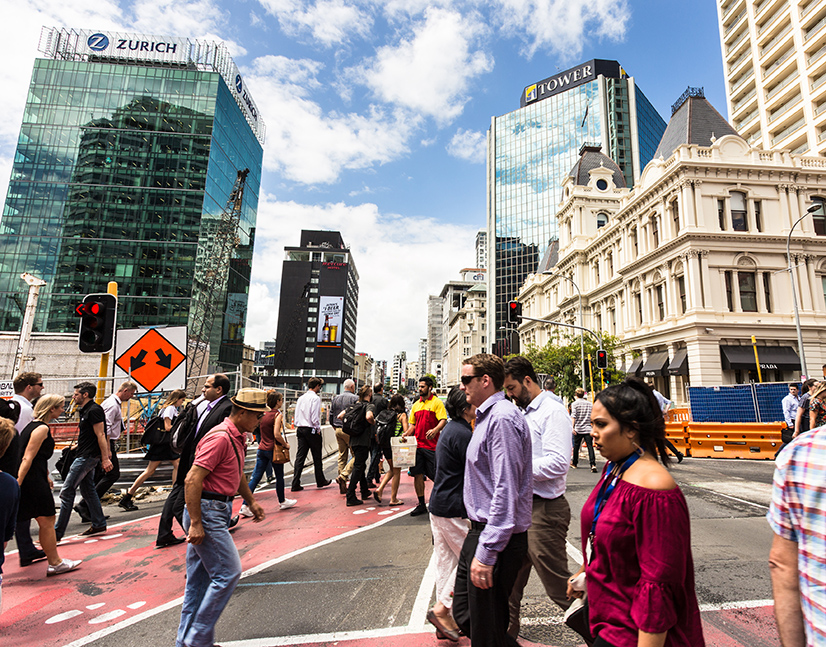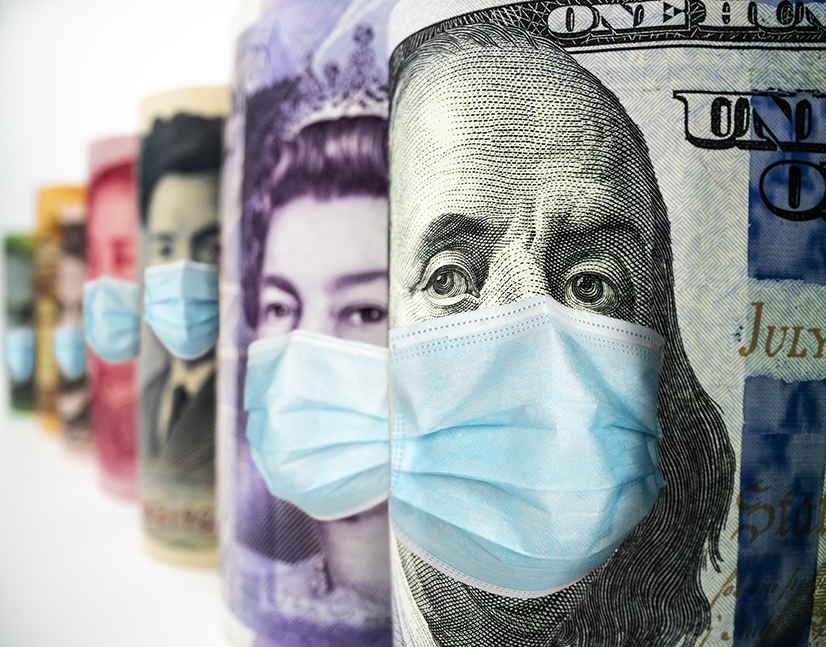
The COVID Diaries: New Zealand investor 2
The following interview is with a New Zealand-based fixed-income fund manager. It was conducted on 15 June 2020.
You mentioned when we were setting up this interview that you have been back in the office for a while. How has that worked? How are New Zealanders responding to the lifting of restrictions – is it straight back to normal at work or is there still some wariness?
Our institution is still enforcing some working from home directives across the organisation. It will be interesting to see how many people come back when these are lifted.
Personally, I came in four or five weeks ago for the RBNZ (Reserve Bank of New Zealand)’s May monetary policy statement and the budget the following day. I loved having all my stuff around me screens, telephones, headsets.
The following week we went down to level two restrictions and a lot of the rest of the investment management team came in. It was so refreshing to be able to have conversations without having to book a VC. Conversations happen spontaneously that just wouldn’t occur when everything had to be pre-booked – you overhear something and join in or whatever.
Information gathering grew exponentially, and it reminded us why we work in broad teams. This type of information swapping on a spontaneous basis is exactly what an investment management team needs to be doing.
Putting aside things relating to international travel and the economic consequences of closed borders, how long do you think it will be before day-to-day life in New Zealand is back to normal? Is there any reason to retain caution around things like going back to office working?
The extent to which this can be maintained when the inevitability of unemployment comes through – once the wage subsidy wears off – is another matter. We expect to see pent-up demand for things like entertainment services. But we don’t know how long that surge will last as the reality of falling house prices and potential job losses starts to become clear.
We think the surge – or splurge – as we come out of lockdown will be a blip and will be followed by a return to lower levels of spending and confidence as the economy is seen to slow.
How scared are you, if at all, of the return of COVID-19? Having no active cases of COVID-19 is very enviable but it creates lots of questions about where New Zealand goes from here and whether it can support an economic recovery without risking the return of the virus to some degree – for instance by opening borders.
It’s also worth mentioning that while we have restricted borders we do not have closed borders – we are bringing people in. There have been critical press reports of the immigration process. For my own part, during level two of the restrictions I was walking along an Auckland CBD street when I realised I was next to someone with a big suitcase accompanied by someone wearing a yellow vest with “immigration” on the back.
I don’t understand why people were being brought into the CBD for quarantine – the highest population density in the country – or why they weren’t being isolated from people who are not in quarantine. There have also been reports about people reaching the end of hotel quarantine being able to mingle – unknowingly – with others who have just entered quarantine.
There is a worry that we will have an occasional imported case. With testing of 3 per cent of the population and a high propensity of low symptom or asymptomatic cases, it seems very unlikely that we will find them if and when we do.
“We were able to collapse democracy, more or less, during level four – and the population was happy to accept it all. All this suggests to me that risk tolerance for this virus is very low.”
It is presumably going to be very hard to maintain a policy of elimination without keeping borders closed indefinitely.
It seems that the challenge might be around what people are comfortable doing as much as what they are allowed to do. Which is why New Zealand’s approach – targeting elimination by hard lockdown, then on the other side lifting all mandatory restrictions – seems to leave some challenges. Will people be confident to do things even if they are allowed to? Does 40,000 people at Eden Park suggest the general public will be quite happy to get back to normal?
How confident are you about the scale and pace of economic recovery? The focus seems to have turned to what will happen after government stimulus comes off later this year.
It’s still a big recession, but we are expecting a relatively fast rebound – based on the extension of travel bubbles and the fact that humans are essentially a very adaptable species so we will find new ways of doing things. It might not be a V-shaped recovery but it’s also not a U – perhaps somewhere in between.
On the other hand, we don’t expect to get back to the pre-COVID-19 GDP level until a few years out. We might make up 3-5 per cent of GDP next year but still end up 2 per cent below 2019. Hopefully unemployment will fall to more like 6 per cent during 2021, from a pre-recession low of less than 4 per cent.
The recovery after the financial crisis was characterised by low rates, easy liquidity and inflated asset prices. How worried are you that the next phase will be more of the same – and how challenging would that make things for a fixed-income investor?
The other route is that we eventually generate some inflation and we end up with the equivalent of the post-World War Two scenario of low rates and slightly higher inflation for many years. Neither is particularly appealing from a bond manager’s perspective: we either can’t make money on the sovereign side or we lose money on the credit side.
In April-May it briefly looked as though asset pricing might start to reflect risk again, but that seems to have passed.
There has been a lot of talk during this period of how things will never be the same, with much more home working in future and long-lasting self-imposed social distancing. What is your view from the other side of restrictions?
The problem now is that we have to deal with the economic reality, and we are still grappling with the questions around the border. I don’t think anyone has the right answer at the moment.
I wonder what the New Zealand population’s risk appetite is around COVID-19. We were able to collapse democracy, more or less, during level four. There was no judicial oversight, the press was very supportive of restrictions, the RBNZ was happy to fund the government directly and the police were given emergency powers to stop people in the street – and the population was happy to accept it all.
All this suggests to me that risk tolerance for this virus is very low. The way Ardern’s popularity has soared, here and abroad, makes me doubt that she will change policy any time soon.
People responded positively in the early stages but at the time everyone could think of their older or vulnerable relatives and friends, even if they didn’t think they were at risk personally. When it comes to reopening borders it is potentially asking people to risk giving up something they feel they have worked for – virus elimination – for a less personal goal of economic wellbeing.
Some people are crying out for the border to be opened and others are wondering why we have to do it at all – they believe we have beaten the virus and are reasonably happy to carry on as we are now.
New Zealand is not the only country to try a different approach to COVID-19 – in fact the crisis has been characterised by the range of approaches countries have tried. It seems reminiscent of the financial crisis, in that everyone knew action had to be taken quickly but no-one knew exactly what the right approach was.
There will be another virus – they actually crop up reasonably regularly. And it is very clear that we had no action plan, globally. Well, a few countries did: South Korea, for instance. Our action plan was developed and enacted very quickly, but it has come with quite a lot of economic damage that perhaps could have been averted.
I hate to say it, but I also agree with Donald Trump about the World Health Organization (WHO). If anybody should have had a plan, it was the WHO – and it had nothing. If we are going to fund the WHO to provide health advice, where was it?
KangaNews is your source for the latest on the COVID-19 pandemic’s impact on Australasian debt capital markets. For complete coverage, click here.














